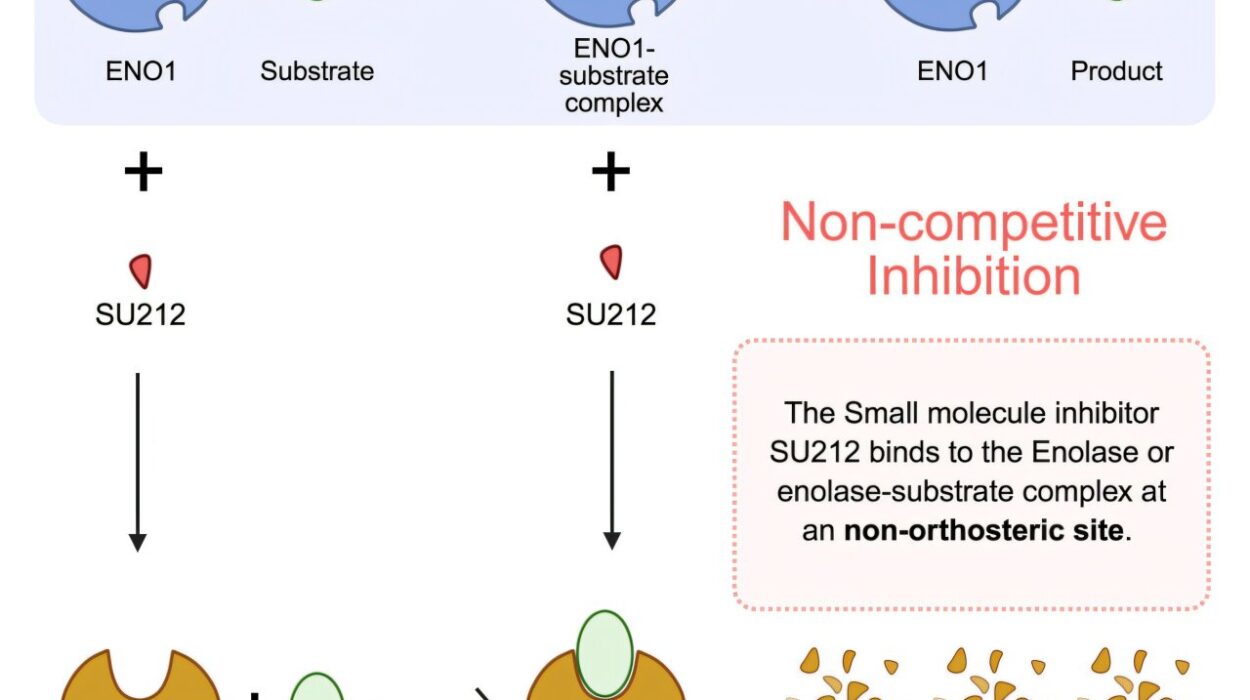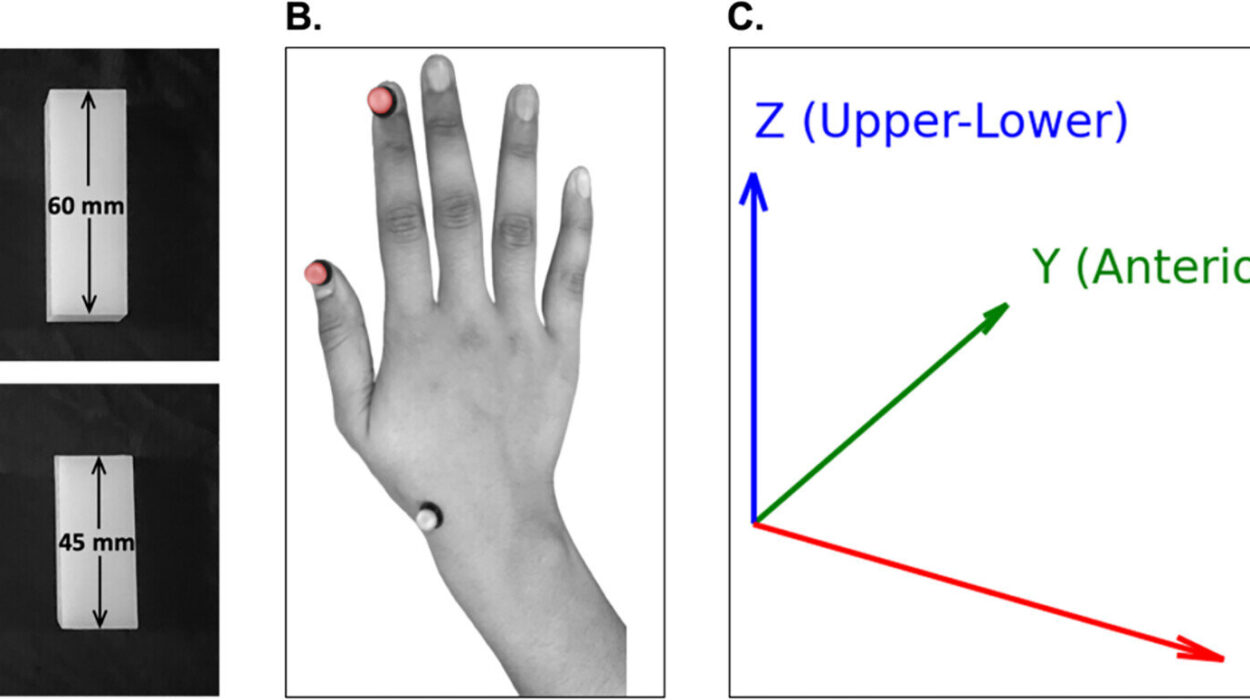Imagine living with a health condition that silently threatens your well-being, a condition that goes undiagnosed because the path to its discovery is shrouded in complexity and uncertainty. For millions of people living with high blood pressure, this has been their reality for years. Now, a breakthrough scan developed by researchers at University College London (UCL) promises to change everything.
For many individuals, high blood pressure is more than just a lifestyle inconvenience—it’s a life-altering condition that can lead to heart disease, stroke, and kidney damage. One of the hidden culprits behind this widespread problem is an overproduction of aldosterone, a hormone produced by the adrenal glands that plays a crucial role in regulating salt levels in the body. When too much aldosterone is produced, the body retains excessive salt, causing blood pressure to rise to dangerous levels.
The problem, until now, has been that identifying the root cause of this aldosterone overproduction has been a complex and invasive process. Doctors relied on a series of tests, culminating in a procedure that involved threading catheters into veins in the groin—a procedure that was both uncomfortable and often unreliable. But with this new, groundbreaking 10-minute scan, everything has changed.
How the Scan Works
This innovative scan, which uses a combination of PET (positron emission tomography) and CT (computed tomography) technology, is capable of detecting aldosterone overproduction in a way that traditional methods simply could not. The team at UCL has developed a tracer compound—a tiny molecule that binds specifically to aldosterone-producing cells in the adrenal glands. This tracer is injected into the patient’s veins, and as it circulates through the body, it “lights up” the areas where aldosterone is being overproduced. The PET-CT scan then creates detailed 3D images of the adrenal glands, revealing exactly where the excess hormone is being produced.
This kind of precision was previously unthinkable. “This is the first time we have been able to visualize this disease,” says Professor Bryan Williams, Chair of Medicine at UCL and the clinical lead for the study. “We can see it light up on the scan. The intensity of the signal reflects the level of aldosterone over-production. This might allow us, in future, to more precisely target these over-producing areas.”
The scan is fast—just 10 minutes—and non-invasive, making it an invaluable tool for doctors to more accurately diagnose and treat the root cause of high blood pressure. No longer will patients have to endure lengthy, invasive procedures to determine the source of their condition. Now, it’s as simple as a quick scan.
A History of Struggle
The road to this breakthrough has not been easy. High blood pressure, or hypertension, affects an estimated 14 million people in the U.K. alone—about one in three adults. Many of these individuals, despite years of treatment, are still struggling with uncontrolled blood pressure because the true cause of their condition is left undiscovered.
Professor Williams and his team at UCL recognized that a significant subset of hypertension cases might be linked to a condition called primary aldosteronism. This occurs when the adrenal glands produce too much aldosterone, but diagnosing it has been tricky. Current methods include blood tests and catheter-based procedures, which are invasive and not always conclusive. What’s worse, not every hospital has the expertise or equipment to carry out such complex procedures, leaving many patients undiagnosed.
Over time, it became clear that there was a gap in the tools available to doctors. “We have been waiting for a test like this for many decades,” says Professor Williams. “This British innovation is going to transform the diagnosis of aldosterone excess as an important and previously hidden cause of hypertension in many of our patients.”
The Path to the Breakthrough
The development of this new scan is the result of over a decade of work by UCL researchers, including Professor Erik Arstad from the UCL Division of Medicine and UCL Chemistry. It began with a simple but crucial question: could they create a new tracer that could precisely identify the adrenal glands where aldosterone was being overproduced? This question led to years of research, experimentation, and the eventual discovery of a method to create a radioactive version of a molecule that binds specifically to aldosterone-producing cells.
“We were able to repurpose a drug-like molecule that binds to the aldosterone-producing enzyme for use as a tracer,” explains Professor Arstad. By replacing one atom of the molecule with a radioactive atom, they created a compound that would “light up” on a PET-CT scan, revealing the exact location of aldosterone overproduction in the adrenal glands.
This innovation, which started in the laboratory, has now made its way into the clinic, where it promises to revolutionize the way doctors approach the treatment of high blood pressure. With the scan, doctors can now see where aldosterone is being produced in excess and make more targeted decisions about how to treat the patient.
The Promise of Better Treatment
The potential impact of this breakthrough is enormous. For many people with high blood pressure, treatment options depend on knowing whether one or both adrenal glands are overproducing aldosterone. Until now, this decision was based on a series of tests, some of which were invasive and not always accurate. With the new scan, doctors can visualize the source of the problem with precision, opening the door to more targeted treatments.
Depending on the results, patients may be offered one of two treatment options: the removal of the adrenal gland that is overproducing aldosterone or the use of new medications that block aldosterone production. Either way, the scan ensures that the treatment is more precisely targeted, reducing the need for guesswork or unnecessary procedures.
As Professor Williams points out, this test has the potential to “completely change the way we make this diagnosis and enable us to provide better targeted treatment for our patients.” For millions of people who have long struggled with uncontrolled blood pressure, this breakthrough represents a new hope for better health and a more effective treatment plan.
Why This Research Matters
The implications of this research are profound. High blood pressure is one of the most common and serious health problems worldwide, linked to numerous life-threatening conditions. By improving the diagnosis and treatment of high blood pressure, this innovation could not only save lives but also prevent the debilitating effects of heart disease, stroke, and kidney damage.
For the patients who will benefit from this technology, the future of high blood pressure treatment is no longer a series of guesses and uncertainties. Thanks to this breakthrough scan, doctors will be able to provide more accurate diagnoses and personalized treatment plans, potentially improving the lives of millions. This is the future of medicine—where cutting-edge research meets practical, life-changing applications for people who need it the most.
More information: Adrenal Aldosterone Synthase Expression Imaging in Primary Aldosteronism,” New England Journal of Medicine (2025). DOI: 10.1056/NEJMc2507481






